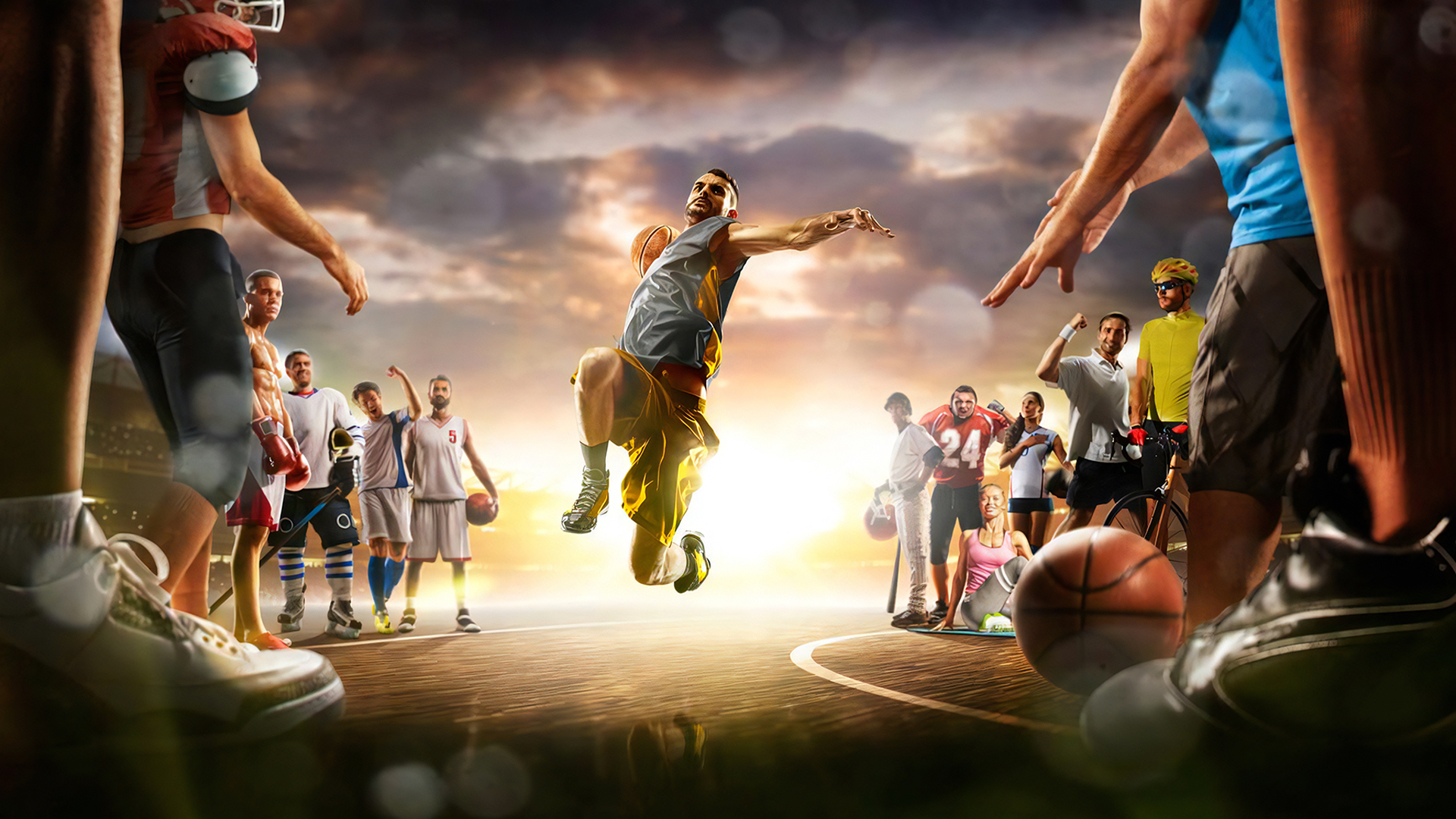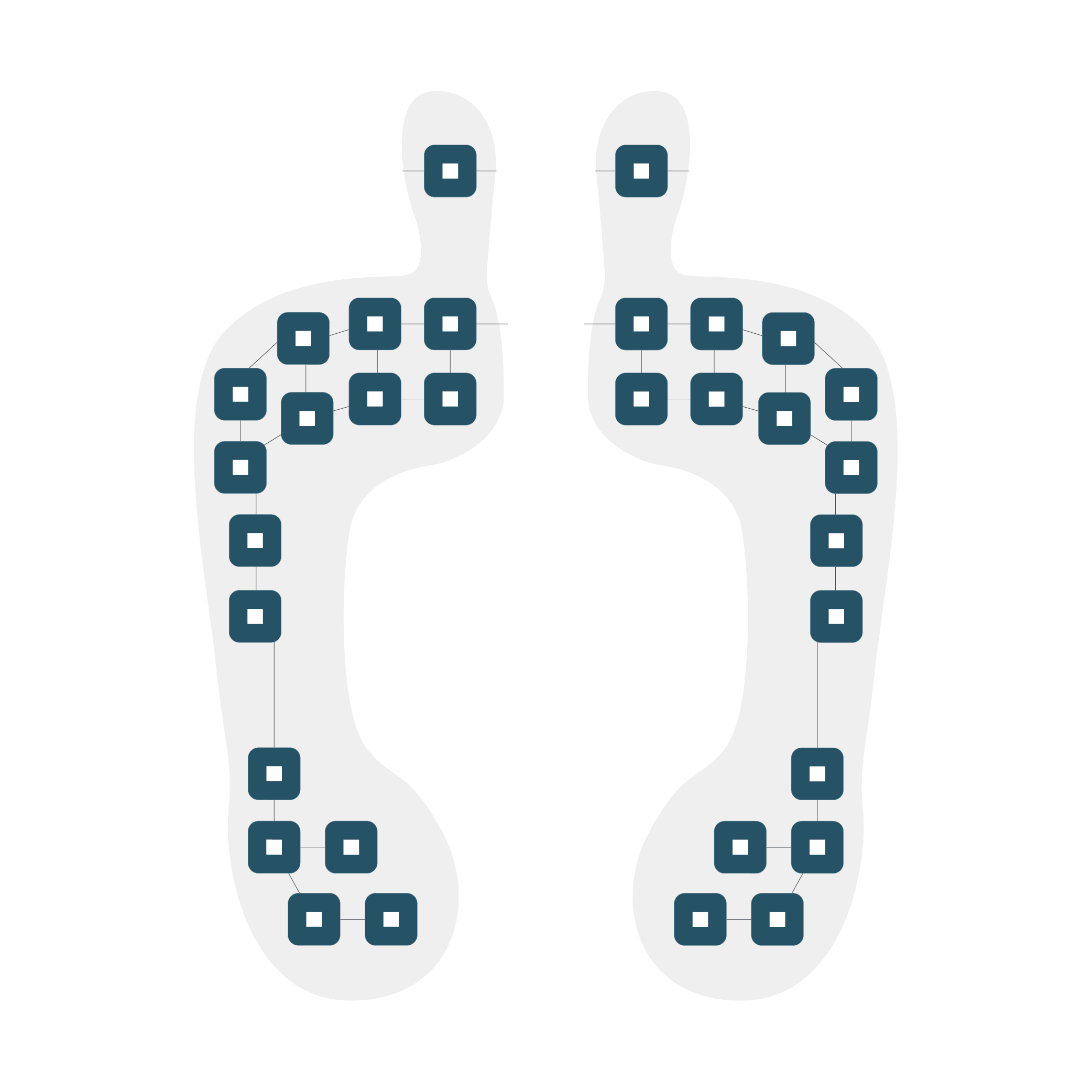Many countries pride themselves on having a rich sports culture, with the specific sport varying from region to region; from cricket to football to baseball. In recent years, the global sports landscape has been greatly affected by technological developments. Athletes have begun to train and perform using methods associated with digital means ranging from fitness trackers to data analysis software. Data and AI have substantially changed the landscape of sports.
Immersive technologies are increasingly finding their way into sports training, offering athletes the opportunity to simulate real-game situations, and fine-tune their strategies in a controlled environment.
Picture this: a footballer practicing penalty kicks against a virtual goalkeeper, or a batter facing a computer-generated ace pitcher. Beyond the sphere of data and algorithms, immersive technologies offer athletes the ability to step into simulated real-game scenarios and fine-tune their strategies in a controlled environment.
The Evolution of Sports Technologies: From Ancient Greece to Ancient China
Remember those days when the ancient Greeks lifted rocks and grown bulls as part of sports training? How about in ancient China, where swords and spears marked the extent of their sports tech?
Neither do we. And thankfully, we don’t have to lift bulls nowadays (unless we want to), because with the advancement of technology has come the evolution of training techniques.
Fast forward to the turn of the millennium, and the emergence of smart sensing technologies catapulted sports training into a new era. Athletes started incorporating wearable devices equipped with accelerometers and gyroscopes, allowing for precise measurement of movements and biomechanics.
The integration of smart sensors into sports equipment further expanded possibilities, with everything from basketballs to tennis rackets becoming intelligent tools for performance optimization. Having access to training data has been a paradigm shift in the sports world.
Traditional Training Methods: Their Limitations
While traditional training methods have long been the backbone of athletic development, their inherent limitations stand as roadblocks to achieving precision, personalization, and real-time adaptability.
Traditional training often relies heavily on subjective feedback from coaches based on visual observations. Such subjectivity can lead to inconsistencies failing to provide athletes with the precise insights needed for improvement. Without the aid of advanced sensors and tracking devices, coaches may miss crucial information about an athlete’s biomechanics, speed, and other performance metrics.
Reviewing game footage is standard practice, regardless of the sport in question. Coaches and athletes analyze recorded matches to identify strengths, weaknesses, and areas for improvement. However, this process is often time-consuming and lacks real-time insights. Feedback loops in traditional training can be slow, especially in team sports where coaches might need time to review game footage. This delay hinders athletes’ ability to make real-time adjustments and can impede the efficiency of the learning process.
Such methods also struggle to establish standardized training protocols for athletes. What works for one individual might not be universally effective, and personalized adjustments based on detailed data are often lacking. Without precise data on an athlete’s workload and recovery, there’s a risk of either overtraining or under-training. This lack of individualized monitoring can contribute to injuries or suboptimal performance.
Why is Virtual Reality gaining such traction in sports?
The simple answer is that it allows us to simulate real-world situations in a controlled environment. The payoff is a level of high precision and personalization. This feat was previously unattainable in training scenarios that are often confined to static training environments. A limitation which restricts athletes from experiencing dynamic and varied conditions that may be encountered during competitive play. The immersive nature of Virtual Reality allows players to navigate dynamic game situations, offering a blend of accuracy and safety in training that was previously elusive.
Motion sensing is key in VR applications, and IMUs are the secret to accurate motion sensing. These IMU devices must be sensitive, precise, and responsive to capture the highs and lows of sports motion dynamics for an authentic and immersive VR experience. This data-driven approach not only offered a more accurate understanding of performance but also laid the groundwork for personalized training regimens.
Crucially, the value in VR training extends beyond individual skill development to team strategy. Insights gleaned from motion sensing technology create a strategic framework that is not only sophisticated but also intimately connected to the team’s composition. This personalization extends beyond generic drills, providing targeted insights specific to a player’s role, irrespective of the team’s proficiency level. In essence, sensing technology has propelled sports training into a new arena where innovation meets practicality, and athletes can hone their skills with unprecedented precision and security.
Applications of VR in Sports Training
Cognitive Training
VR tech enables athletes to elevate their cognitive skills—improving tracking, eye-hand coordination, inhibition, prioritization, and reaction time—all while engaging in an immersive, low-stakes training experience.
Spatial awareness, a cornerstone of athletic success, takes on new dimensions in VR training. Athletes are immersed in scenarios that enhance their understanding of field positioning, providing a strategic edge to best opponents during competitions. Moreover, VR serves as a mechanism for honing concentration and focus, offering tailored activities and modules designed to minimize distractions for a heightened level of mental clarity.
Perhaps one of the most crucial skills for athletes is real-time decision-making. In the crucible of competition, split-second decisions can be the difference between victory and defeat. In these simulated environments athletes can sharpen their decision-making abilities without the weight of real-world consequences. This “safe space” not only builds confidence but has been proven to significantly reinforce performance on the grand stage, ensuring that athletes can make crucial plays with precision and composure.
Injury prevention & Rehabilitation
Through carefully designed VR programs, athletes can engage in dynamic, high-intensity simulations that allow them to navigate complex game scenarios while minimizing the risk of actual physical harm. This proactive approach to injury prevention is impactful even in sports such as soccer where players can incur Repetitive Head Injuries (RHI) by repeatedly heading a ball.
Often, these sub-concussive impacts are so innocuous that the player or staff are oblivious that they’ve occurred. But they add up. VR technology can aid in the diagnosis and monitoring of such injuries. By exposing athletes to potential risk factors in a safe and controlled virtual space, coaches and trainers can identify and address vulnerabilities, fortifying players against injuries that could occur in the unpredictable field of real-world competition.
Beyond injury prevention, VR is a potent tool in the rehabilitation process for athletes. When recovering from sports injuries, the psychological aspect of rehabilitation is often as critical as the physical. VR provides a multifaceted approach to rehabilitation by offering engaging and goal-oriented exercises that aid in the recovery of motor skills, coordination, and strength.
Athletes can also undergo virtual training sessions that are customized to their specific rehabilitation needs, allowing them to progress at their own pace.
Conclusion
Leveraging motion sensing technology to offer realistic training experiences is more than just a conceptual endeavor—it’s a concrete reality. Consider its impact in contact sports like rugby, where the stakes are high, and the risk of head injuries looms large. For positions like hookers or flankers, where physicality is integral, the need to train effectively while minimizing the risk of injury is vital. This tells us that the adoption of VR in training is likely to become more widespread, crossing elite leagues and infiltrating grassroots sports.
As with any innovative tech, implementation can prove difficult. While the integration of VR in sports training holds immense potential, several challenges must be considered for successful implementation. Accessibility is one concern, as not all athletes or sports organizations may have equal access to VR technology due to financial constraints or technological infrastructure limitations. Cost is a significant hurdle for teams, especially at lower levels of competition. To overcome this hurdle, some teams have partnered with providers of VR tech, which grants them access to innovative training techniques.

